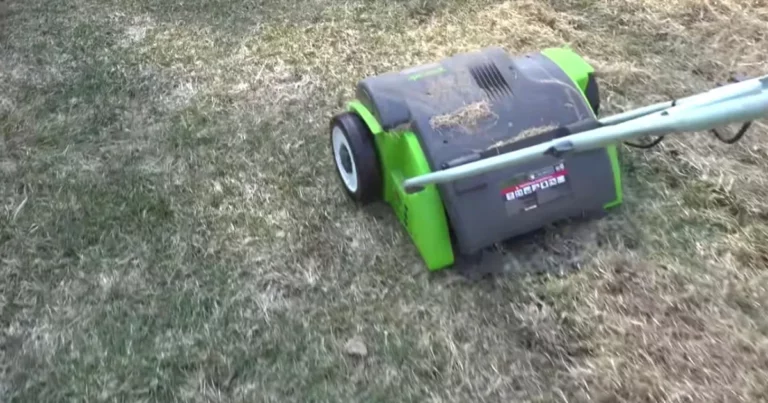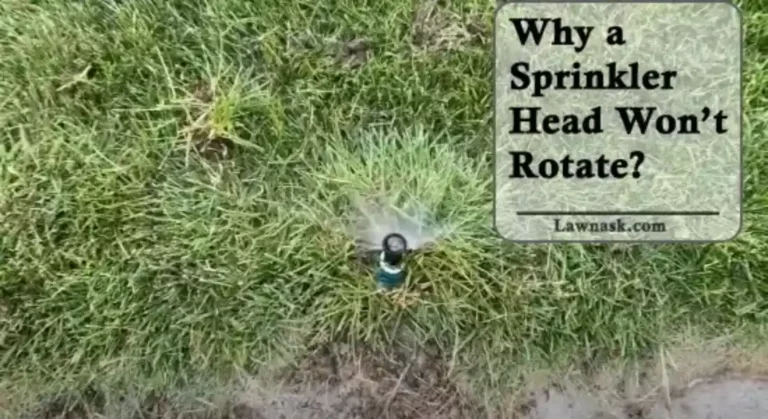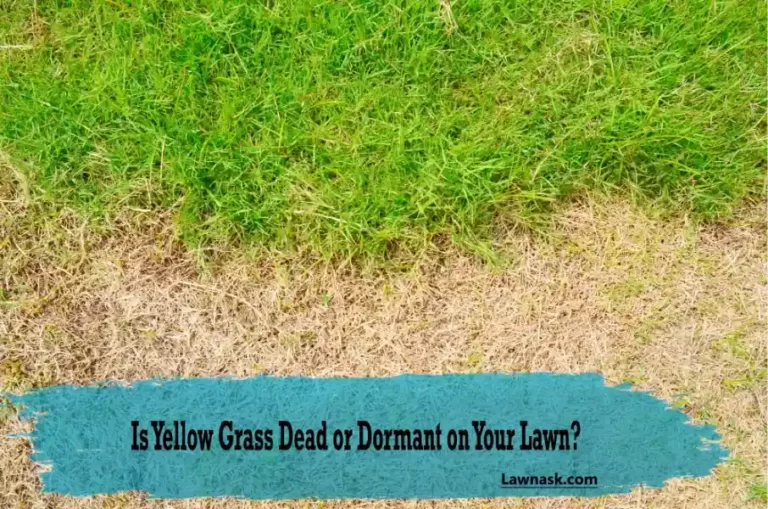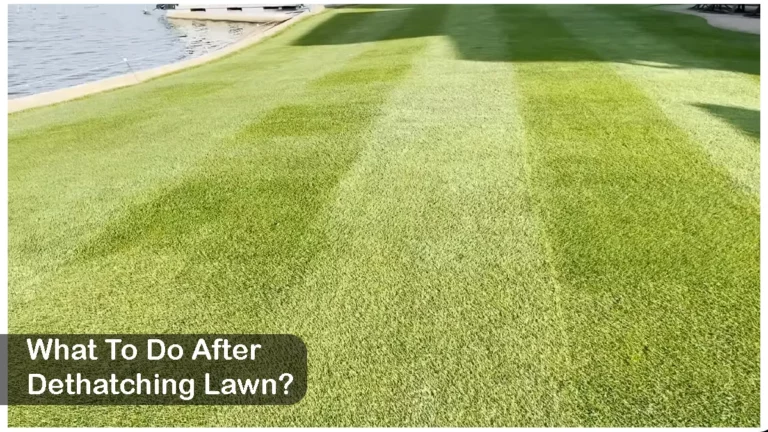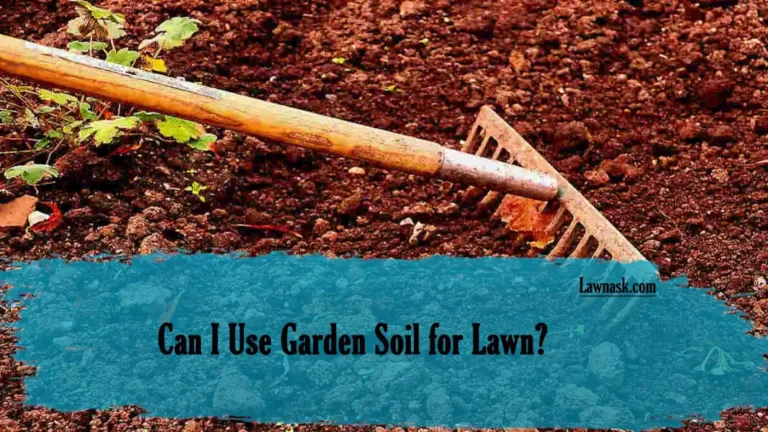Prepare for Dethatching Season: What to Do Before Dethatching?
Dethatching is a diligent process and takes quite a few precautionary measures. If you don’t prepare your lawn before dethatching, you may end up doing more harm than good.
So, the question arises: What to do before dethatching your lawn?
You should start by addressing the pH level, mowing the grass a bit, and spraying water around the lawn for dethatching to take full effect.
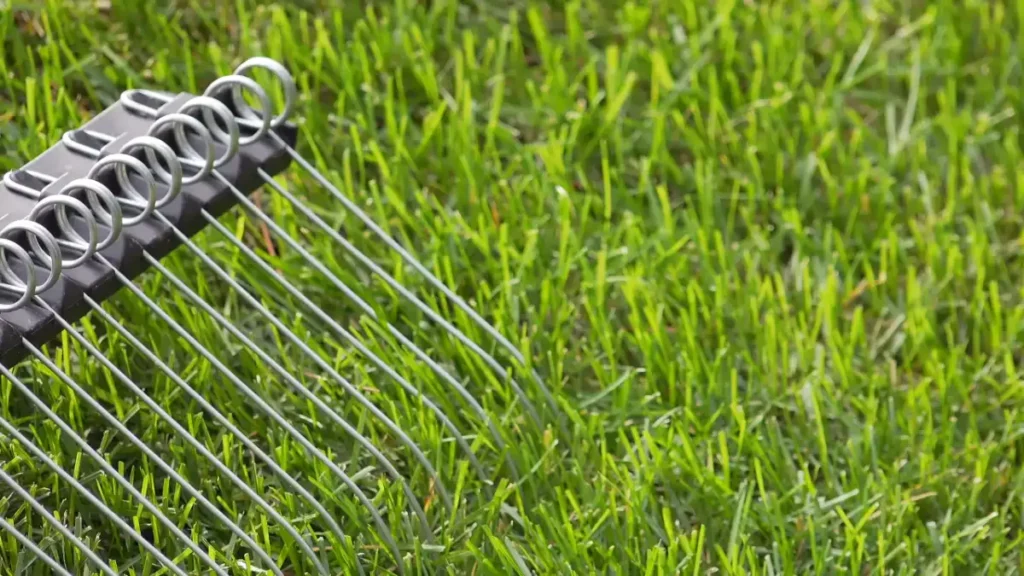
What to Do Before Dethatching: Prep Your Lawn
Lawns can heavily benefit from dethatching if they need it. But there are some things you need to do before ripping out the thatch layer.
Here are some works that you need to do before dethatching your lawn:
1. Assess the Thatch Layer
First of all, you should find out whether your lawn will benefit from dethatching. Before dethatching the lawn you need to get a feel for how spongy the lawn is.
You can work out the density of the thatch layer by pushing your fingernail or a screwdriver down the soil.
A ½ inch thatch isn’t something to be worried about. If the layer is denser you should consider dethatching your lawn.
You should also check whether your lawn absorbs water properly and if there are puddles around the lawn.
2. Collect Debris
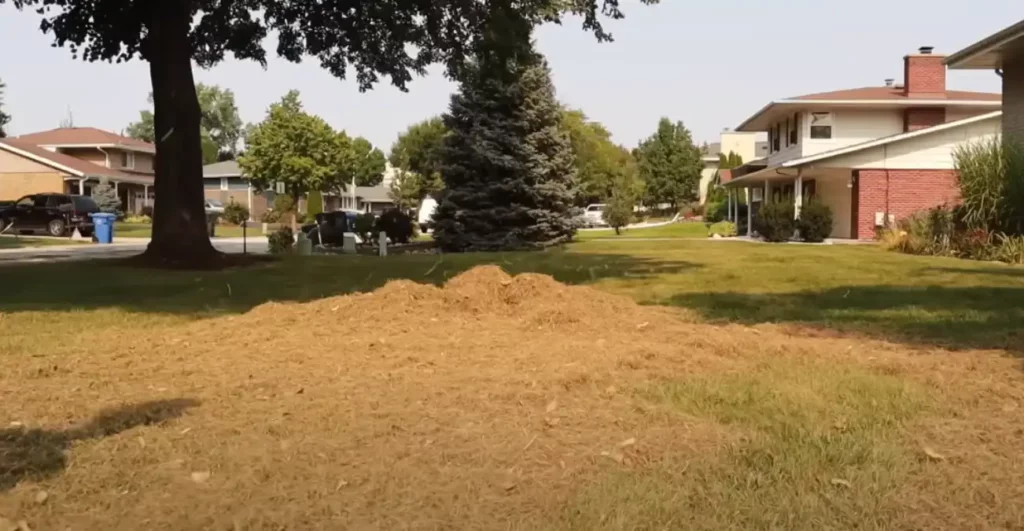
This is often an overlooked step in preparing your lawn for dethatching. Debris such as rocks, sticks, or other hard objects can harm your dethatching equipment.
For a smoother dethatching experience clear out the debris. Take a basket and pick up rocks and branches.
You will have to pay close attention while collecting as some of this debris can get pushed down into the soil.
3. Mow Your Lawn
Mowing your lawn is a great pre-dethatching step. It exposes the thatch layer and makes it easier to determine how deep you need to dethatch.
Set the mower blade to cut the grass slightly lower than your usual grass height. Mow the lawn when the grass is dry and collect any crown or grass clippings with a leaf rake afterward.
Be careful not to scalp the lawn and cut the grass too short. Scalping will give you negative dethatching results.
4. Aerate the Lawn

The mass homeowner community is divided on whether to aerate your lawn before or after dethatching. This depends on the current condition of the soil in your lawn.
If you see that water gets stuck and creates puddles around the lawn then it is affected by compaction. Aerating the lawn by puncturing holes can alleviate this problem.
There are instances where after aerating the lawn didn’t need to be dethatched. That is why you should try aeration before going into dethatching.
5. Spray Water and Let It Dry
After you are done aerating the lawn it is time to spray water onto it. You want the soil to be moist and not saturated. A muddy lawn will prove hard to dethatch.
Use a hose or a sprinkler to evenly rain the water over the whole lawn. Leave the soil to dry overnight. Do not dethatch while the soil is soaking wet.
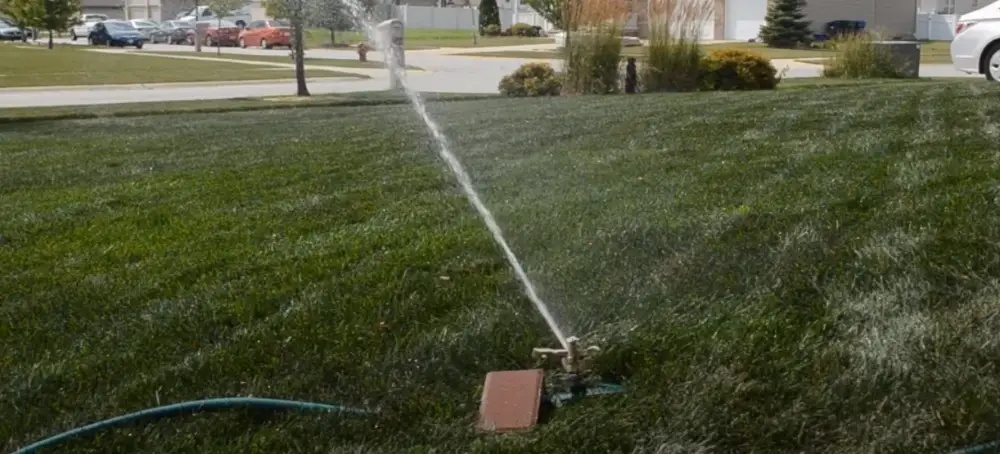
6. Pre-emergent Weed Killers
Dethatching can bring out the dormant weed seeds inside the thatch and they will be able to germinate from direct contact with the soil.
Pre-em stops weeds before they even have a chance to sprout. It helps prevent the weeds from establishing themselves to compete for nutrients in the turf.
Use organic herbicides such as Citrus oil, Vinegar, and Corn gluten meal (CGM) to fight off the weeds.

After following the steps, you can proceed to dethatch your lawn.
Related Post: Can Dethatching Hurt Your Lawn? Details Guide
How Does Thatch Develop?
The rate at which thatch develops or accumulates is not universal. Different lawns have different levels of thatch build up but every turf has a thatch layer be it dense or thin.
Here are some reasons for thatch build-up:
Grass Life Cycle
As new blades or leaves come out the older ones start to die off. These dead leaves and roots are the organic matter that compose the thatch.
When the grass is actively growing it produces a lot of organic debris. This starts to accumulate throughout your lawn and contributes to the thatch layer.
Slow Decomposition
Since thatch is mostly organic stuff, it eventually decomposes and mixes with the soil. The main reason behind low microbial activity is dry soil or turf.
However slow decomposition can lead to thatch build-up as the microbes can’t break it down faster than it accumulates.
Cultural Practices
Lawn care practices like grasscycling can have a huge impact on the thatch build-up. Many homeowners don’t collect the grass clippings after mowing.
Frequent mowing or failing to maintain a proper soil PH level can also contribute to thatch buildup. Grass doesn’t survive very long on overly acidic soil.
Overuse of Fertilizers
Nitrogen is good for the grass. It helps the roots absorb necessary nutrients. Using too much fertilizer changes the ratio of carbon and nitrogen inside the soil.
As a result, Lawns need more water to keep the soil moist enough for grass growth. This leads to a consistently moist thatch layer and doesn’t decompose easily.
What Can You Do to Effectively Manage Thatch?
You probably have heard countless times that a thin layer of thatch is good for your lawn. Well, it is true and you should maintain about half an inch of thatch to protect your soil from the environment.
Managing thatch and its build-up will save you from laboring tasks later. Here’s how you can manage your lawn’s thatch build-up:
- Be consistent with your lawn mowing. Don’t let the grass grow too much. Short clippings will decompose more easily.
- Use mulching mowers that chop the grass evenly.
- Regularly rake the lawn with a leaf rake to get rid of large crowns.
- You can choose grass types that produce less thatch such as ryegrass.
- Clean the withered leaves during the fall season.
- Topdressing your lawn with mushroom or coconut coir compost can also reduce thatch buildup.
Related Post: What to Do After Dethatching Lawn? Complete Guide
Frequently Asked Questions (FAQs)
What are the best conditions for dethatching?
The best time to dethatch is when the grass is actively growing.
What does too much thatch do?
It prevents the free movement of water and other nutrients inside the soil. It also harbors fungi, insects, and pests inside it.
How long before thatch decays?
Usually a couple of years. Regularly applying compost accelerates this process.


